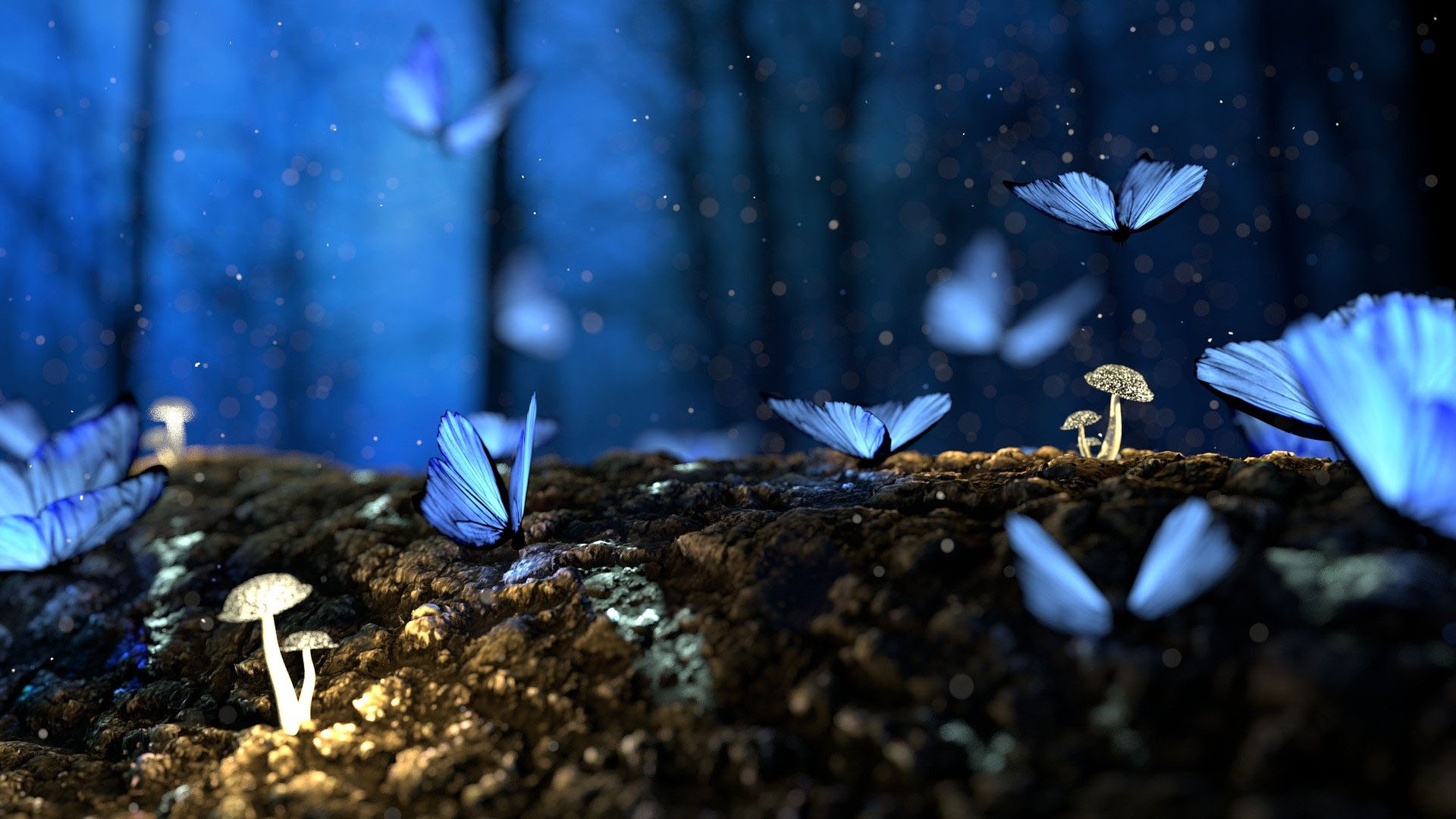The etymology of the English word “lord” is interesting: In Middle English it was laverd or loverd, which derived from the Old English hlaford (“master of the house”). But before that it was hlafweard, which meant literally “one who guards loaves of bread” (hlaf meaning “bread or loaf” and weard meaning “guardian, protector, or ward”).
On the other hand, a lady was hlafæta (“one who serves the house”) — or, more literally, “one who gives the loaf”.
In other words, an English lord was one who protected the food and an English lady was one who was responsible for distributing the food (presumably in a fair and efficient fashion).
I think this tells you a great deal about the English tradition of nobility.
You can also find similar etymological roots for other familiar titles: A duke is literally “one who leads”. An earl, on the other hand, was literally a “warrior” or “brave man”. (But it’s even more interesting to note that “earl” was an Anglo-Saxon term. It was equated with the French title of count when the Normans arrived. The term “count” derives from the Latin comitem, which means “companion”. Tells you something about the clashing traditions of nobility in England post-1066, eh?) In Old English a sheriff was the “chief of the shire” (scirgerefa, from scir– meaning “shire” and –gerefa meaning “chief, official, reeve”).
One of the things I enjoy doing while creating a fantasy setting is to create original titles of nobility and position. Not a lot of them (because nobody is really interested in turning a gaming session into a fictional language lesson), but just a few scattered here and there. Think of it as spicing or emphasis… or just a touch of the unnatural.
For example, a number of small nations and city-states in my campaign are ruled by syrs. For example, Dweredell is ruled by Syr Arion. This title is derived from the Draconic word for “lightning” and originally referred to the equivalent of “duke” or “governor” in an ancient empire that once dominated wide swaths of the world. The empire used “lightning” as a title because the syrs ruled through the threat of destructive power. (Which tells you a great deal about the empire.) When the empire fell, the local syrs were in a position to consolidate power.
There are two tricks to introducing terms like this: Moderation and context.
First, don’t use a lot of them. And introduce them at a very slow pace. (I average about one every 20 sessions.) These things are spicing. And like all spices, less is usually more.
Second, introduce them through the simple and expedient means of using them in context. For example, the first time a group of players entered Dweredell they went looking for the leader of the city. After a Gather Information check I told them they could find Syr Arion at the Twin Keeps, and off they went with nary a question.
Another group started a campaign in the city-state of Amsyr and when I said “you receive an invitation from the syr to attend upon him at the palace”, one of the players asked, “What’s a syr?” And I said, “A local title, like a duke or a prince.” They said, “Oh.” and off we went.
Similarly, in my current campaign, nobody even batted an eye when I started referring to female knights using the title Sera. (Thus, Sir Kabel and Sera Nara.) (Why not use “dame”? For a variety of reasons.)
In both cases the term sort of settled into the common vernacular of the group. And when some of those players later learned that the term nainsyr meant “let there be lightning” (because it was the command word for a magical sword), maybe some connection was made (either consciously or otherwise).
Or maybe not. It doesn’t really matter: My mission was already accomplished. I had already leveraged them a little further away from Generic Fantasy World #961.












